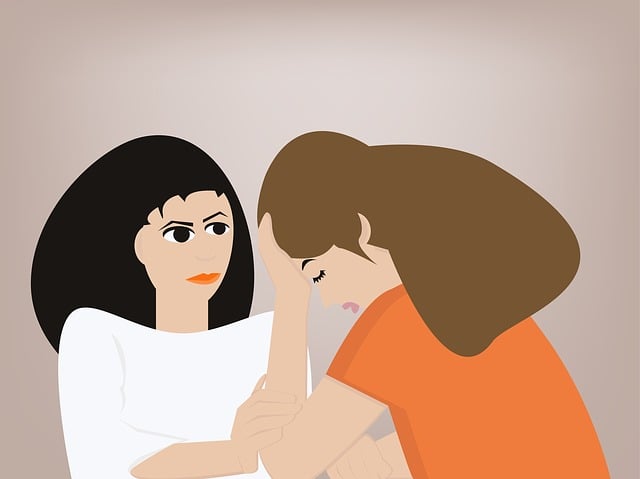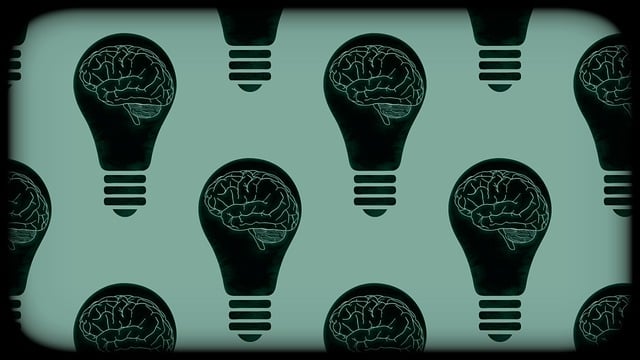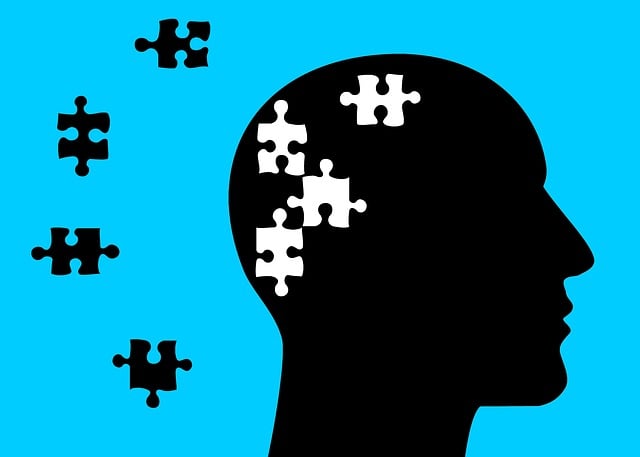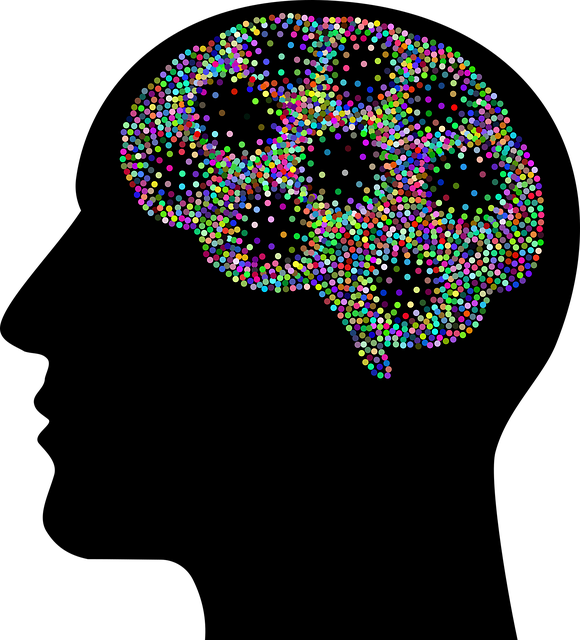Burnout among healthcare providers treating adolescent teens and couples is a growing concern, driven by factors like exhaustion, cynicism, and detachment. Early recognition of red flags, such as increased irritability and decreased connection, is vital. Effective strategies include integrating Mind Over Matter principles, trauma support services, cultural competency training, open dialogue, mindfulness meditation, social skills training, positive thinking, self-awareness exercises, empathy building, and encouraging open communication within healthcare teams. Tailored treatment plans and comprehensive approaches that address personal and interpersonal stress factors help prevent burnout, fostering stronger therapeutic bonds and promoting long-term well-being in therapy for adolescent teens and couples.
In the demanding landscape of healthcare, provider burnout is a growing concern, impacting both adolescent teens’ and couples’ well-being. This article delves into effective strategies to prevent burnout, focusing on early recognition and holistic approaches. We explore key signs of burnout in these populations, emphasizing the crucial role of communication. From therapy sessions with teens and couples to broader support systems, we provide insights into nurturing mental health and well-being beyond clinical settings, addressing critical communication issues to foster resilience and mitigate burnout risks.
- Recognizing Burnout in Healthcare Providers: Identifying Red Flags for Adolescent Teens and Couples
- Effective Communication Strategies to Prevent Burnout: A Focus on Therapy Sessions with Teens and Couples
- Holistic Approaches to Burnout Prevention: Supporting Mental Health and Well-being Beyond the Clinical Setting
Recognizing Burnout in Healthcare Providers: Identifying Red Flags for Adolescent Teens and Couples

Burnout among healthcare providers is a growing concern, especially when it comes to adolescent teens and couples facing communication issues. Recognizing the signs early is crucial for prevention. Red flags may include persistent feelings of exhaustion, cynicism towards work, and detachment from patients—symptoms often masked by the demanding nature of healthcare work. For adolescents and couples, these can manifest as increased irritability, difficulty in connecting with others, or a decline in overall well-being.
Effective strategies to combat burnout involve integrating Mind Over Matter principles, which emphasize self-care and resilience. Trauma support services tailored for this demographic can also be beneficial, addressing underlying issues that may contribute to stress. Moreover, healthcare provider cultural competency training is essential, fostering an environment of understanding and empathy, particularly when dealing with diverse patient populations and communication challenges within couples therapy settings.
Effective Communication Strategies to Prevent Burnout: A Focus on Therapy Sessions with Teens and Couples

Effective communication strategies are vital tools in preventing burnout among healthcare providers who work with teens and couples, addressing their therapy sessions is a key area to focus on. By fostering open dialogue, therapists can create an environment that encourages clients to express their feelings, fears, and aspirations, thereby reducing the emotional load on both parties. This two-way exchange allows for better understanding of individual needs, leading to tailored treatment plans that enhance resilience building.
Integrating techniques like mindfulness meditation during therapy sessions can significantly improve communication dynamics. It helps individuals become more present, attentive, and empathetic, fostering a deeper connection between therapist and client. Additionally, social skills training can be beneficial in teaching both teens and couples effective ways to communicate their needs assertively, resolving conflicts constructively. These strategies not only strengthen the therapeutic bond but also equip clients with lifelong communication tools that contribute to overall well-being.
Holistic Approaches to Burnout Prevention: Supporting Mental Health and Well-being Beyond the Clinical Setting

Preventing burnout among healthcare providers requires a holistic approach that extends beyond clinical settings. Supporting mental health and well-being is crucial for maintaining a sustainable career in medicine. This involves addressing not just the demands of the job, but also the underlying personal and interpersonal factors contributing to stress.
In addition to traditional therapy options, focusing on positive thinking, self-awareness exercises, and empathy building strategies within both professional and personal relationships can create a buffer against burnout. Encouraging open communication among healthcare teams, including discussions around couples communication issues, fosters a supportive environment where providers feel heard, validated, and empowered. By integrating these comprehensive strategies into the fabric of medical culture, organizations can better equip their staff to navigate the challenges inherent in patient care while maintaining their own mental health and well-being.
Healthcare provider burnout is a pressing issue, especially with adolescent teens and couples facing unique challenges. By recognizing red flags early, implementing effective communication strategies in therapy sessions, and adopting holistic approaches to support mental health and well-being, we can significantly prevent burnout. Encouraging open dialogue, fostering supportive environments, and integrating diverse wellness practices are key to creating a sustainable and fulfilling healthcare system for all involved, particularly when addressing communication issues within couples and teen therapy.











